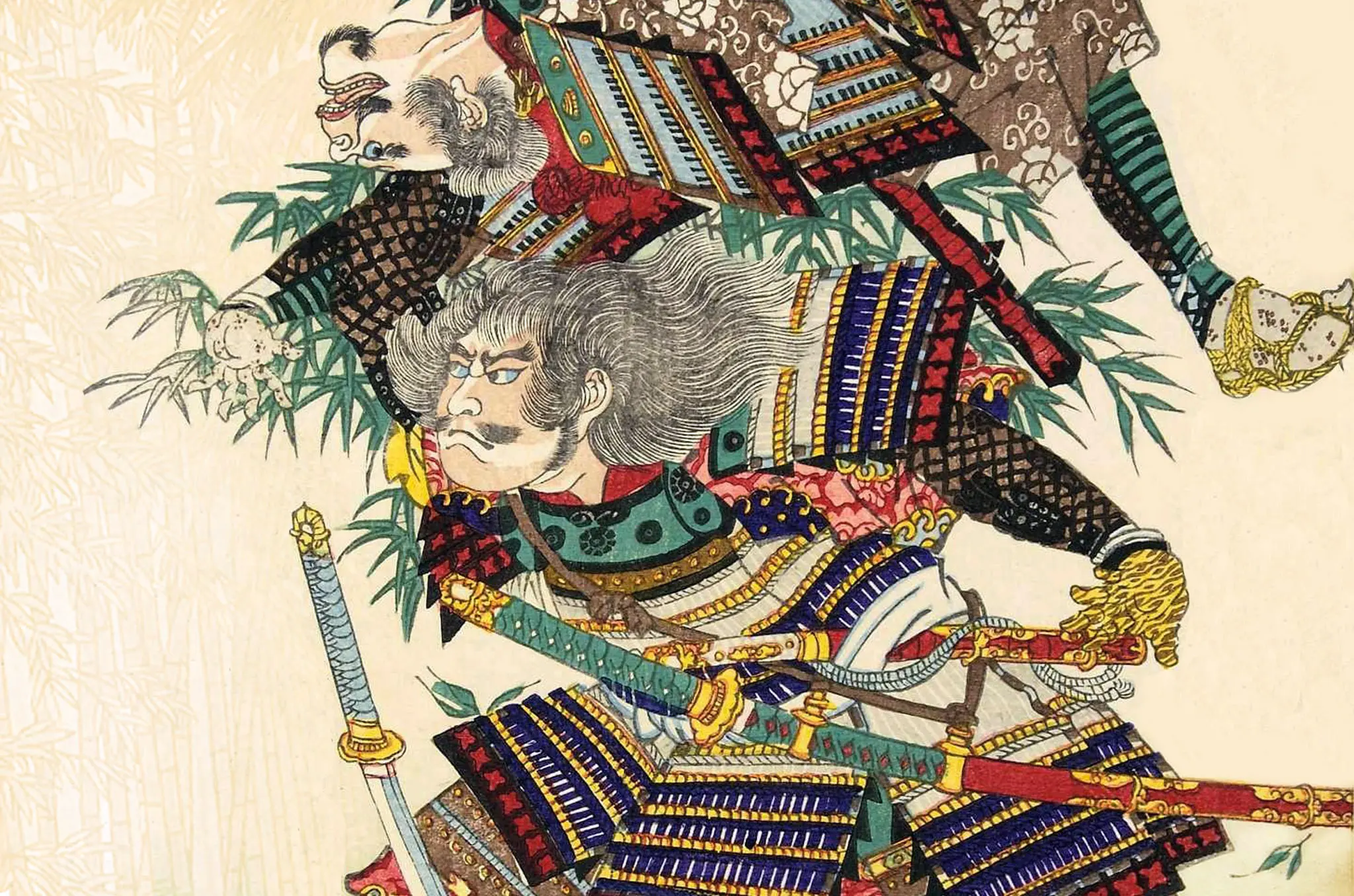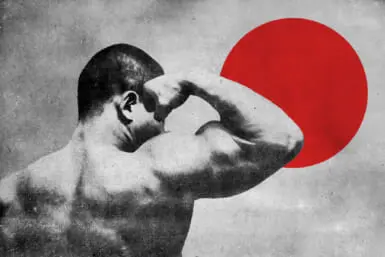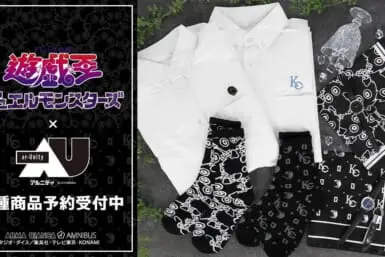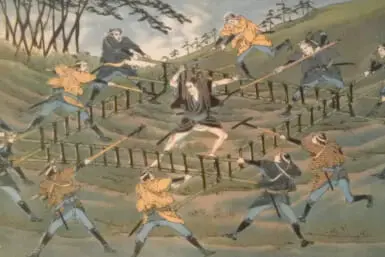There’s a theory that the kogai — an ornamental, dagger-like hairdressing tool carried by samurai — also had another use. The easiest way for samurai to gain glory in battle was to take the head of an enemy warrior. Literally. As in, cut it off and then label it with a piece of paper stating their name, date, murder weapon, etc. However, if they were in a hurry, some samurai would allegedly plunge the kogai into the decapitated head through the ear to mark it as their own. The samurai Kani Saizo (1554–1613), on the other hand, used to sign his kills by stuffing heads with bamboo leaves for the very practical reason that he couldn’t afford that many daggers. This is his story.
Kani Saizo: An Uninspiring Origin
Saizo is often called the strongest samurai of the Sengoku period, a time of near-constant civil war that ravaged Japan from the 15th to the early 17th century. He sure didn’t start out that way. The son of a single mother, Saizo was raised at Ganko-ji temple in Gifu. This birthplace supplied the young man, also known as Kani Otera, with a last name — and with lessons in the naginata, a polearm similar to a glaive and the weapon of choice for warrior monks. Once he was of age, Kani Saizo set out to make his fortune.
He first became a foot soldier in the army of Oda Nobunaga under Akechi Mitsuhide, the man who would go on to betray his lord during the Honno-ji Incident (1582), leading to the Demon King’s death. According to legend, during the assault on Honno-ji temple, Saizo was giving inexperienced soldiers tips on how to properly cut off an enemy’s head. This is what writers commonly refer to as “foreshadowing.”
After Mitsuhide was hunted down and killed for his betrayal, Saizo became a soldier in the army of Hashiba Hidetsugu, until the Battle of Komaki and Nagakute (1584). The story goes that, during a retreat, Hidetsugu lost his horse and ordered Saizo to give him his, to which the soldier replied, “Who’d give someone their umbrella when it’s raining?” Saizo then ran off, effectively quitting his job.
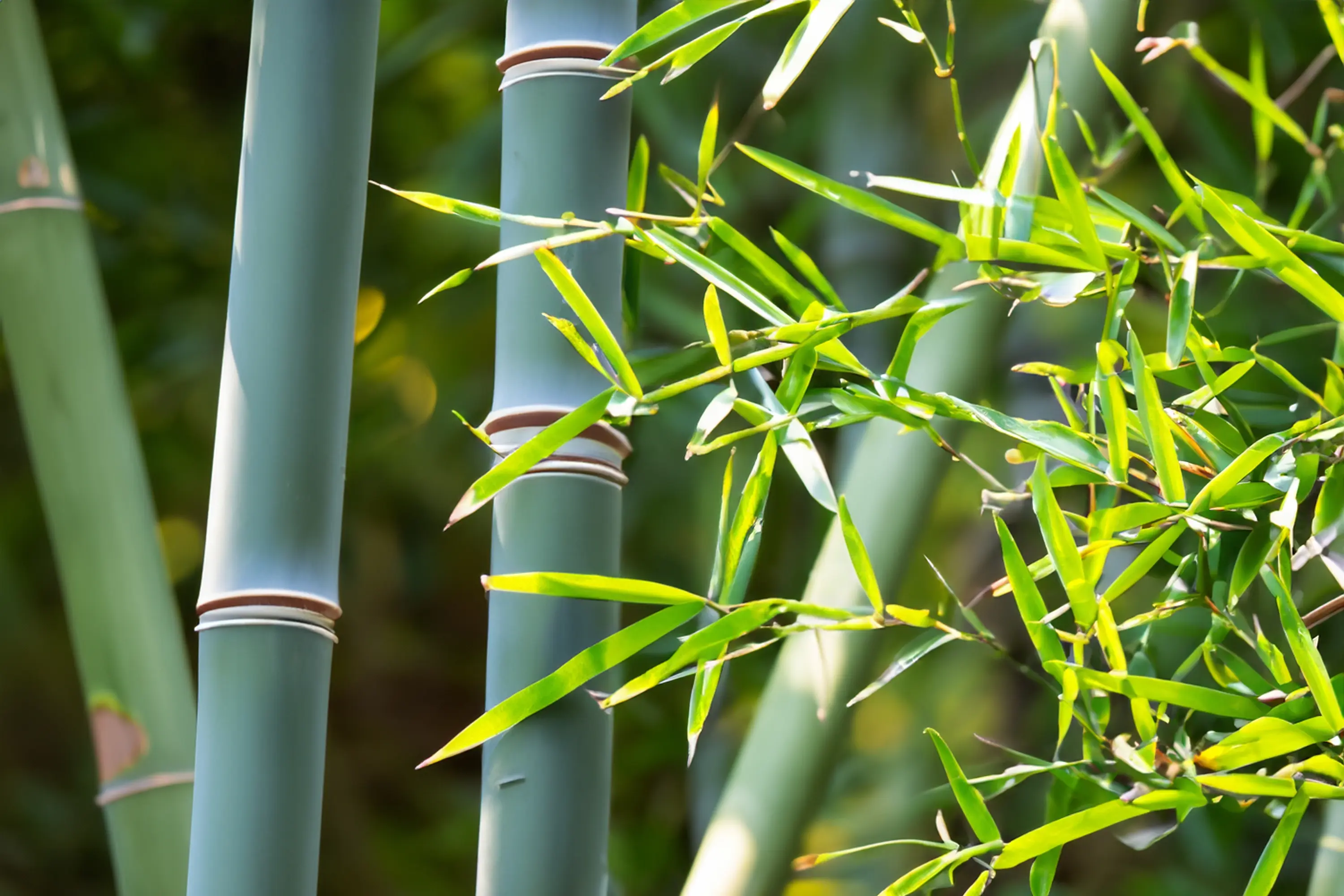
The Bamboo Samurai Begins
Saizo wandered around for a few years after that until he was recruited as a vassal of Fukushima Masanori, lord of the Hiroshima Domain. How does one go from a soldier who abandoned his commander to a fief-holding samurai? There’s an anecdote saying that Fukushima asked Saizo what his specialty was, and the man answered that, after years of practice, he was able to tie a chonmage topknot all by himself. All the other samurai in attendance thought he was crazy, but Fukushima was apparently satisfied with the answer, as tying a chonmage without help is indeed very difficult. However, he most likely made Saizo his vassal because he was impressed with his unique fighting style.
During Japanese battles, everyone from foot soldiers to master warriors would sometimes wear a battle banner strapped to their backs for identification purposes. Saizo, however, fought with a bamboo stalk on his back in the hopes that the leaves would obscure his neck, a common target of attack, making his enemies hesitate for that crucial fraction of a second that could mean the difference between life and death. It definitely meant death for a lot of warriors in 1600.
The Bamboo Samurai Rises
The Battle of Sekigahara (1600) was the largest and most important clash in feudal Japan’s history. Fought in Gifu, it won Japan for Tokugawa Ieyasu (Toranaga on Shogun), allowing him to become shogun shortly after and establish his family’s rule over the country for the next two and a half centuries. Saizo fought on his side (under Fukushima) and he fought eagerly. Even before the battle officially started, he ignored orders to wait for Ieyasu and attacked enemy scouts, killing two or three of them, depending on the source.
During the battle, Saizo was captain of the vanguard, putting him right at the front of the fighting, exactly how he liked it. When the dust settled, Saizo returned to camp with a few enemy heads, saying he had to leave the rest behind because he didn’t want to stop his murder marathon. Some shifty soldiers allegedly picked up a few of Saizo’s heads and tried to pass them off as their own trophies, but they were in for a surprise when it turned out that the Bamboo Samurai had marked them with bamboo. (They probably should’ve seen that one coming.)
After tallying up every head with a bamboo leaf in its ear, mouth or nose, it turned out that Saizo had decapitated 17 people during the battle, possibly killing many more but not having the time to make them shorter. Tokugawa Ieyasu himself congratulated Saizo and gave him the nickname “The Bamboo Samurai,” which is actually a pun since Ieyasu used the Japanese word for “bamboo grass” (sasa), making Kani’s nickname “Sasa no Saizo.” He was just that kind of lighthearted guy.
The Bamboo Samurai Rests
Kani Saizo’s twilight years were marked by a noticeable decline in his mental health. (Who would have thought that a man who decapitated 17 people would be mentally unstable?) During one incident, Fukushima’s friend questioned Saizo’s abilities now that he was older, to which the Bamboo Samurai responded by calmly killing him on the spot. Saizo, it seems, also liked riding in his battle armor, naginata in hand, almost as if he were looking for another battle. Fukushima arranged a house for him in a quiet area, where he retired and eventually died in full warrior dress.
Today, Kani Saizo is remembered not just as a fearsome samurai but also as a quasi-deity. One folk legend says he once killed a smallpox demon, making pictures and dolls of him popular amulets for protecting people from diseases. (They enjoyed a resurgence during the early years of the COVID pandemic.) No data on whether they also protect you from decapitations.

